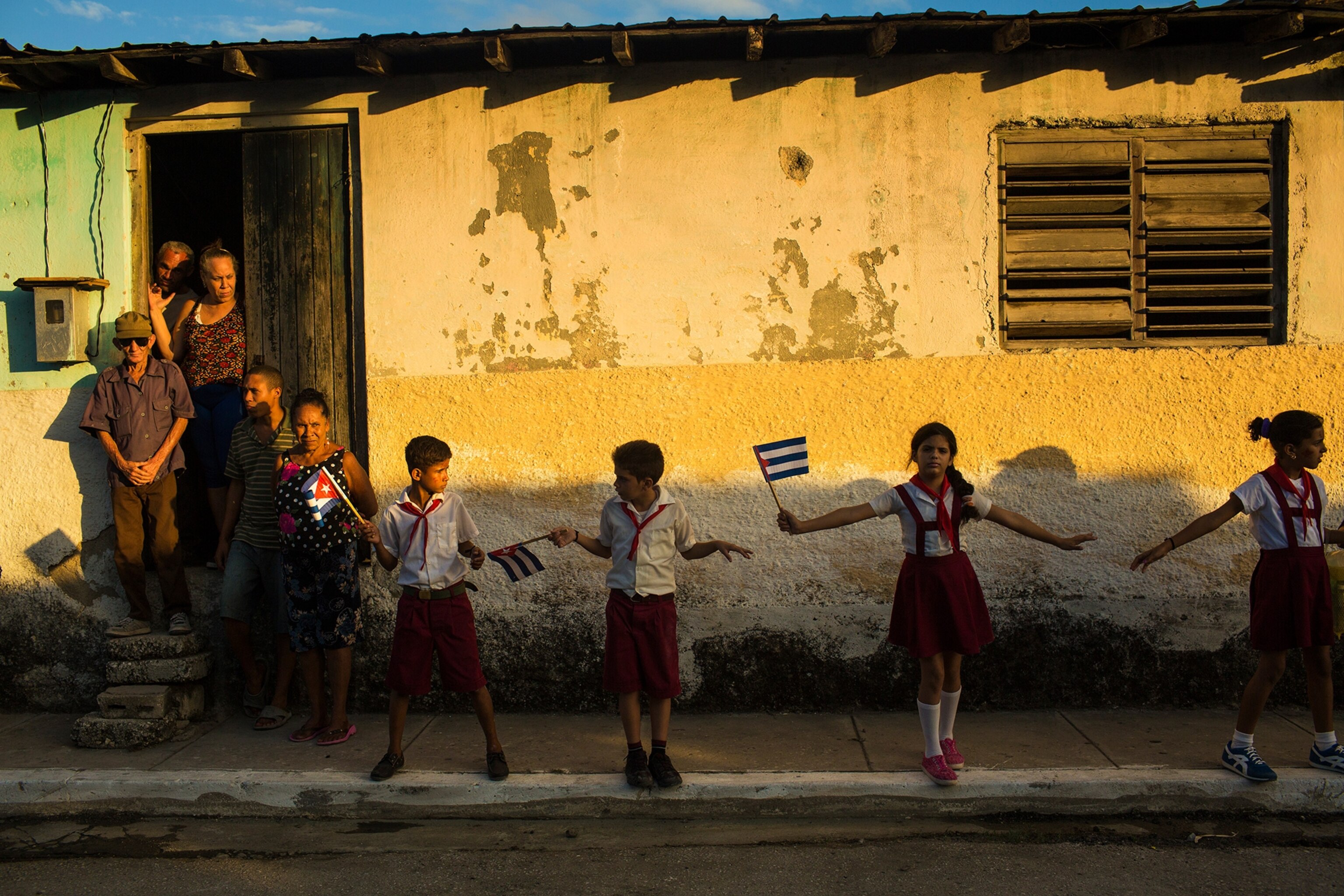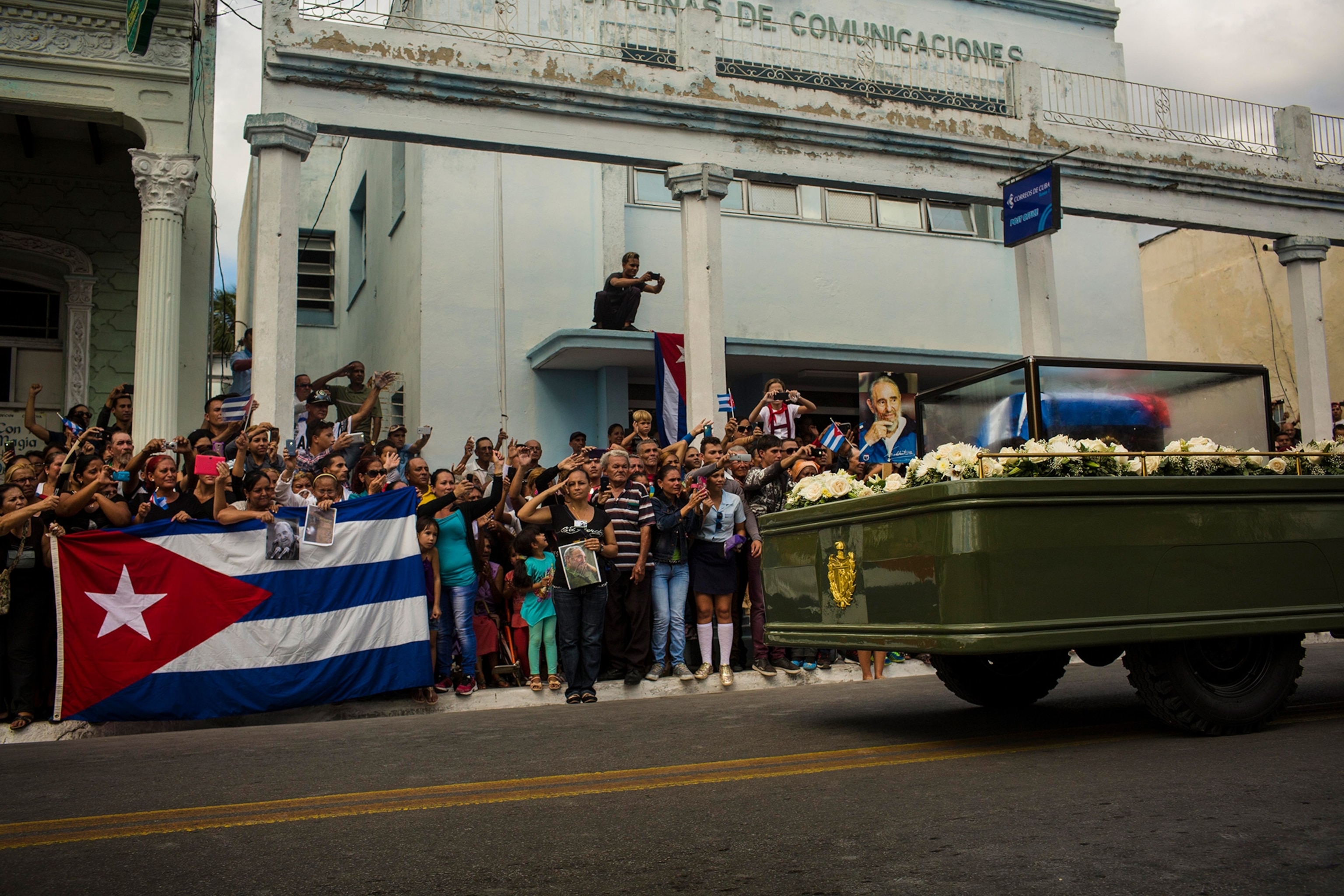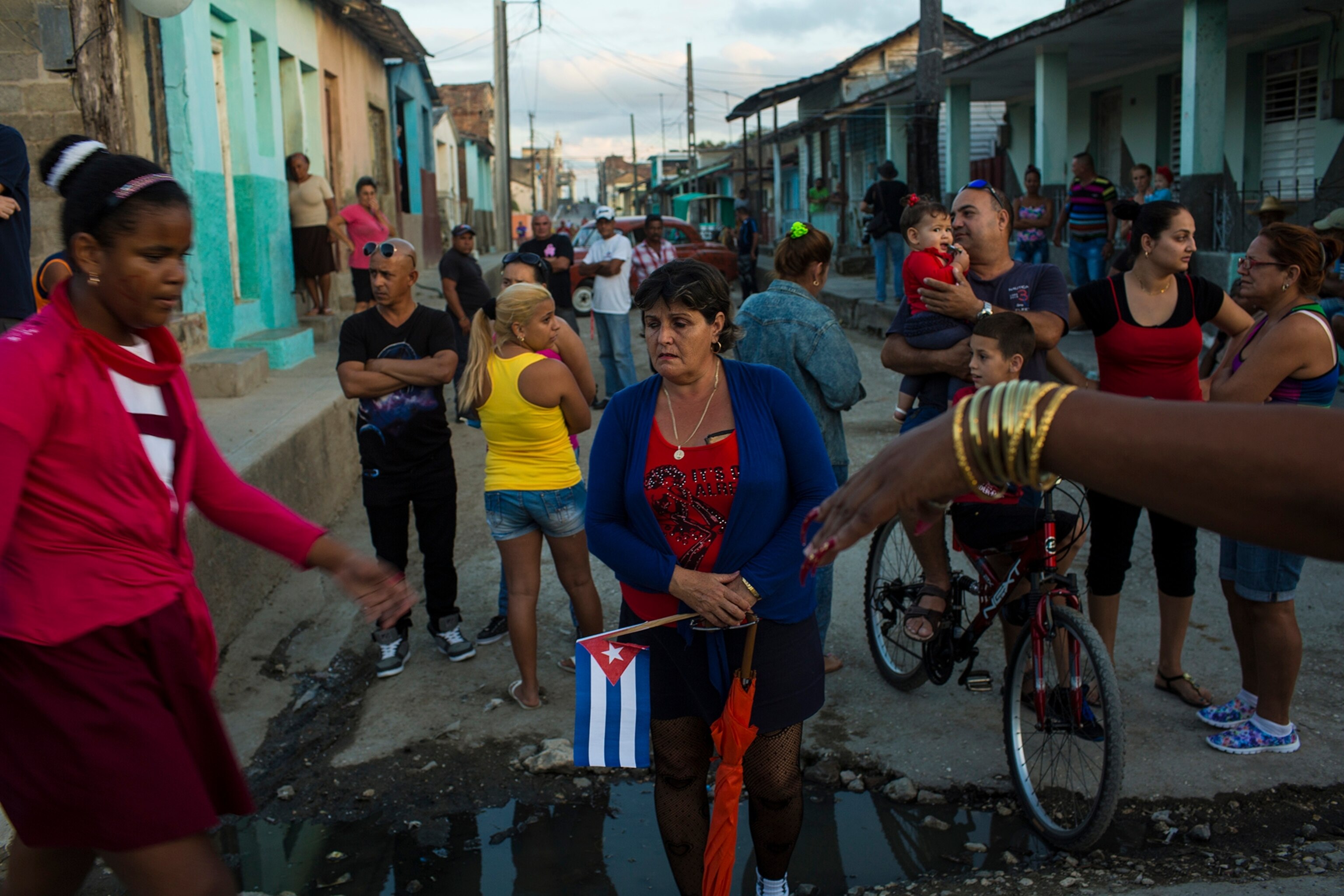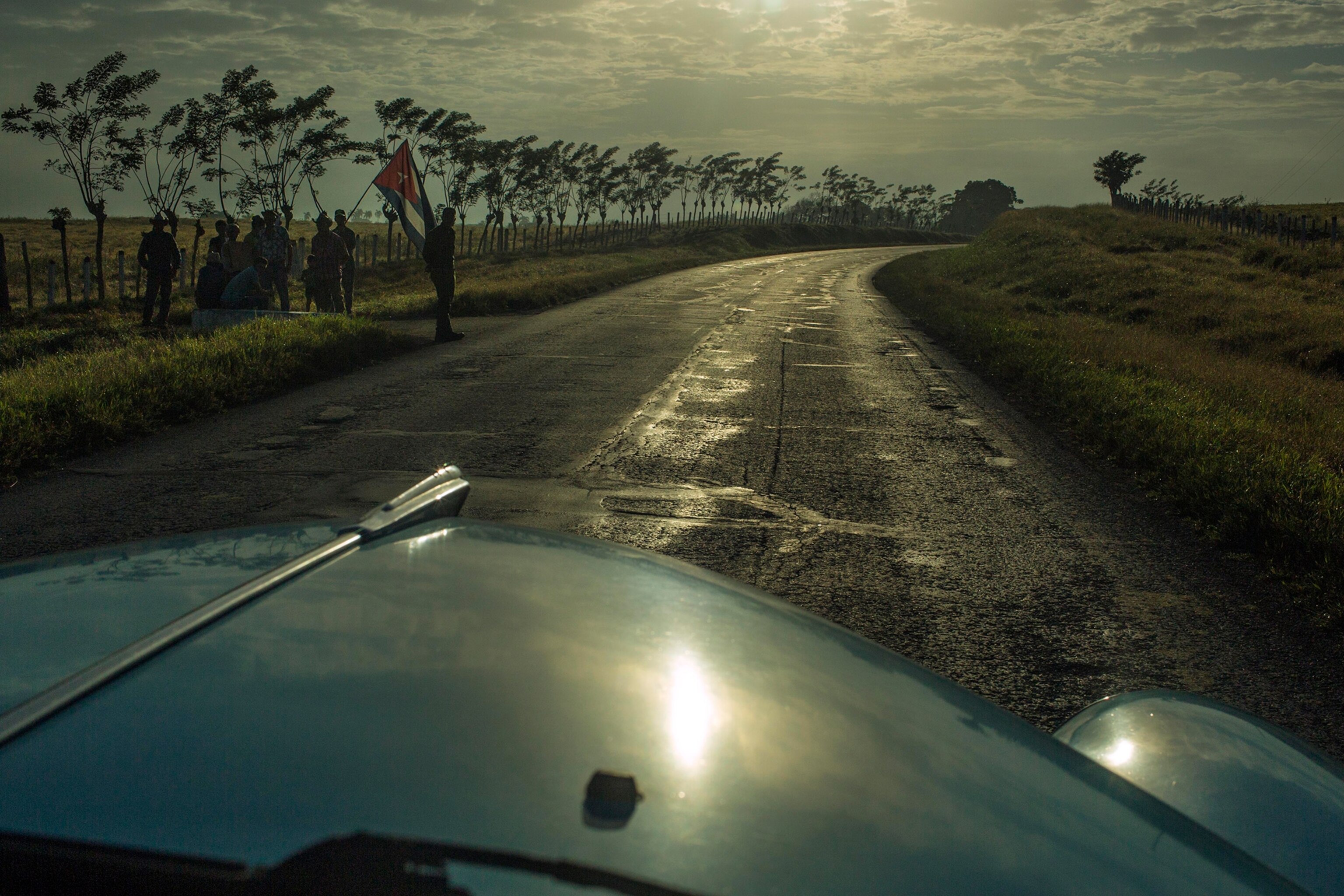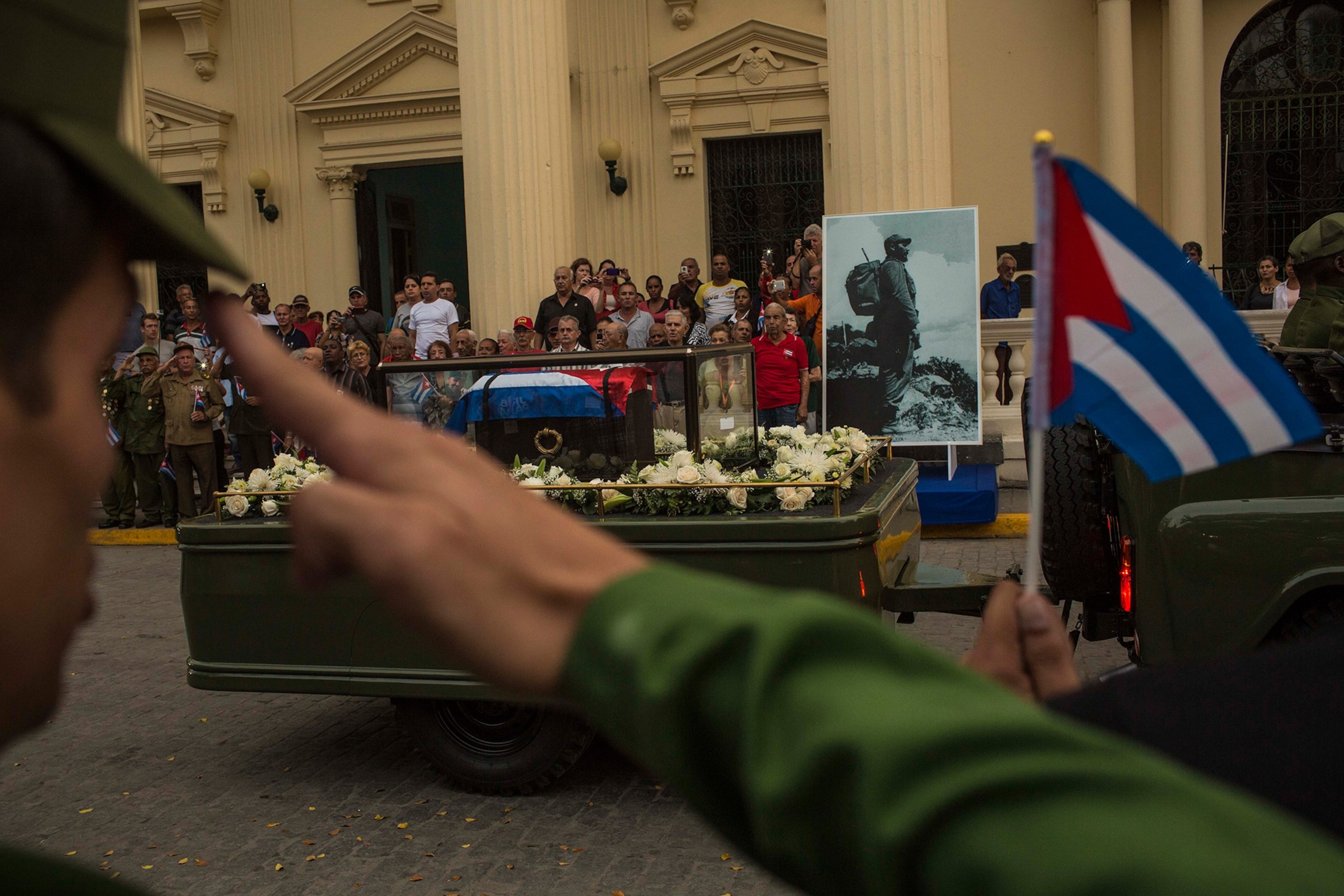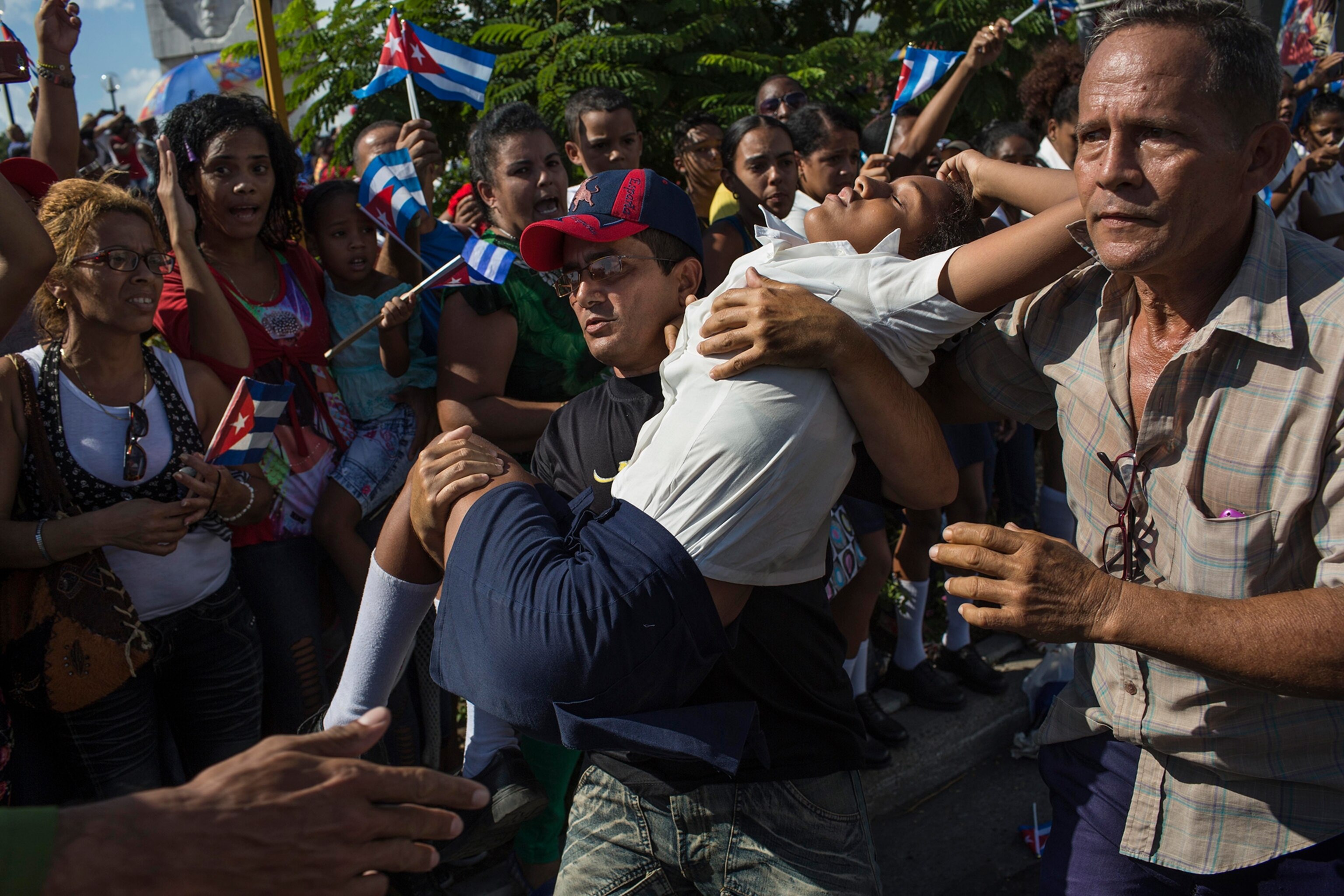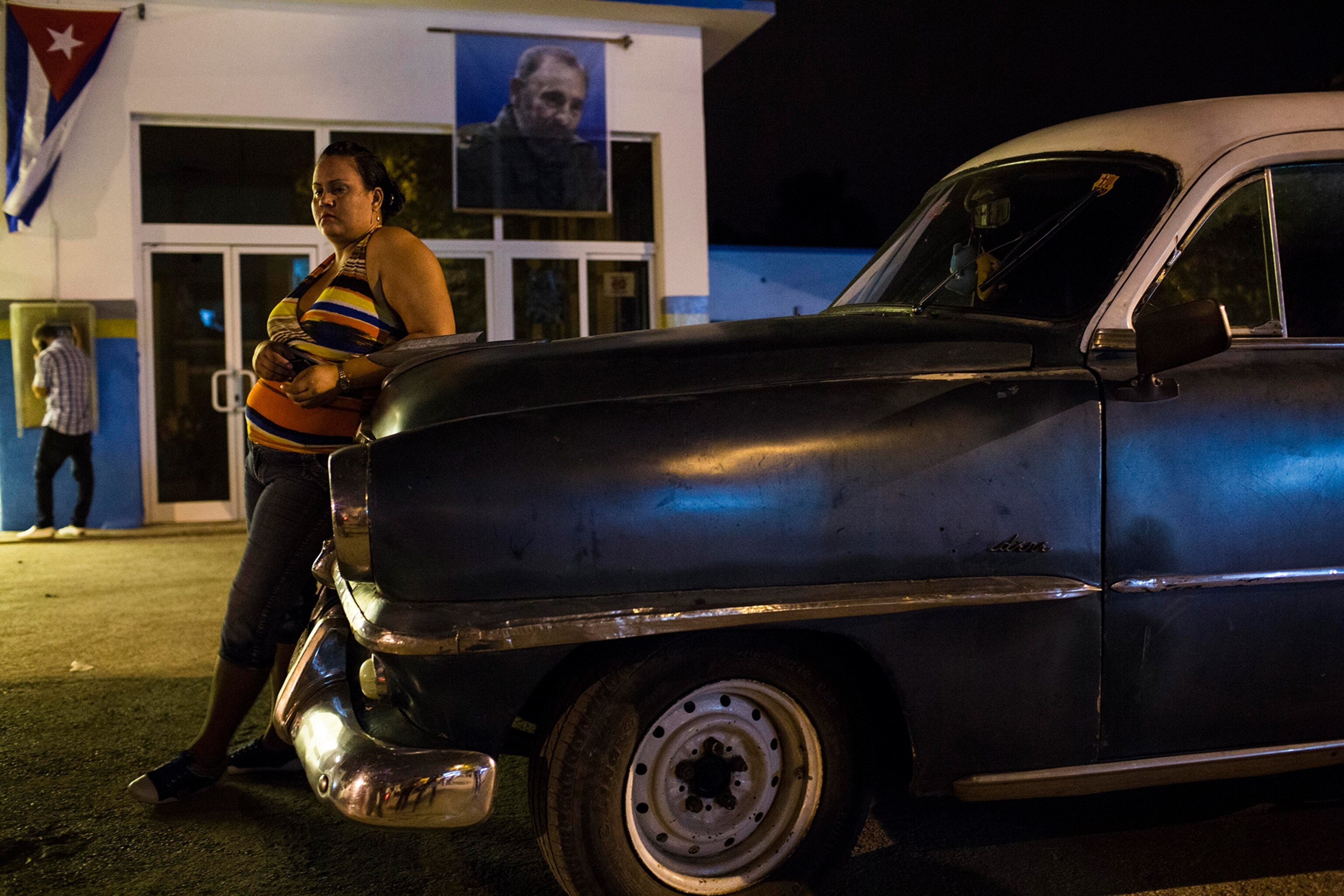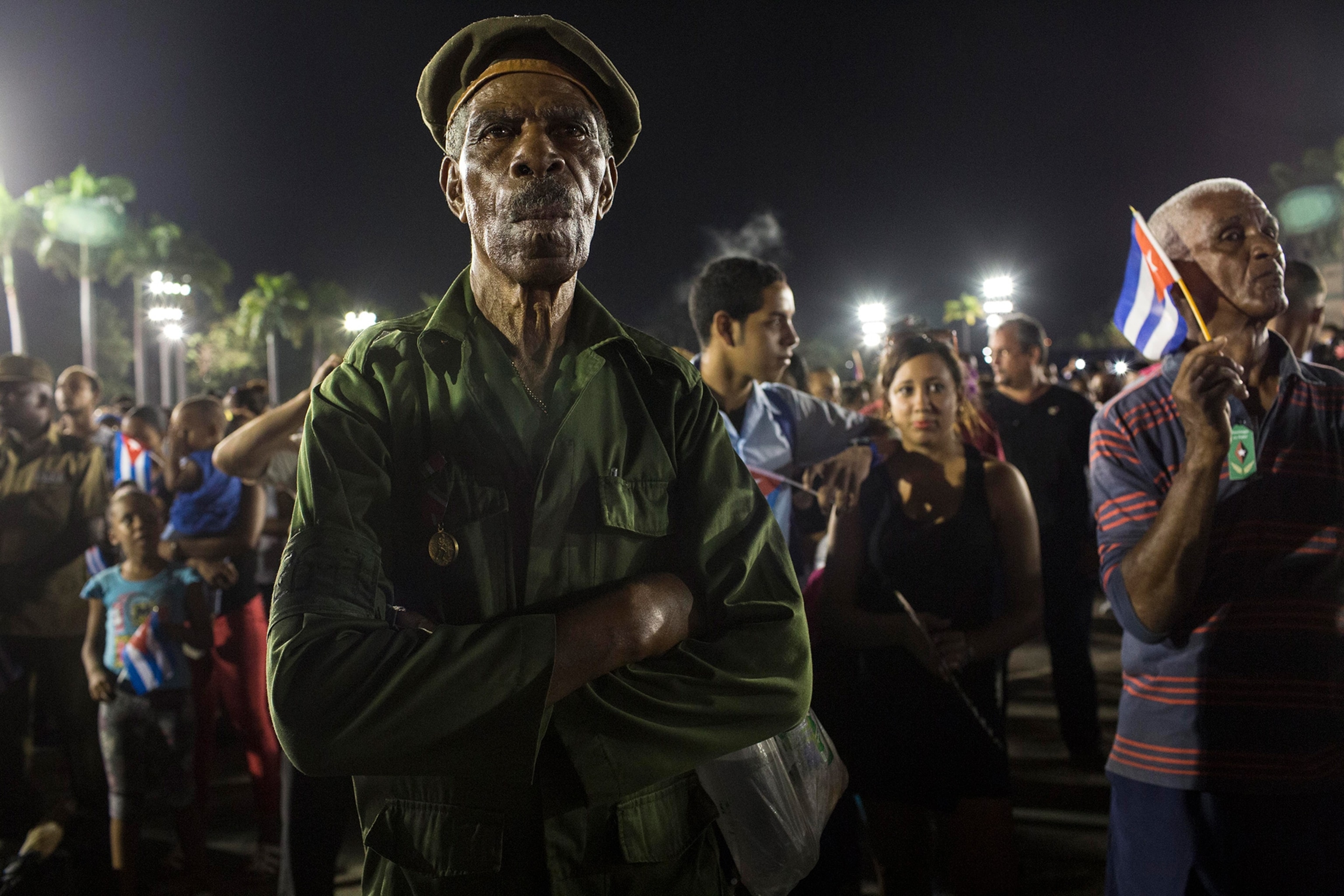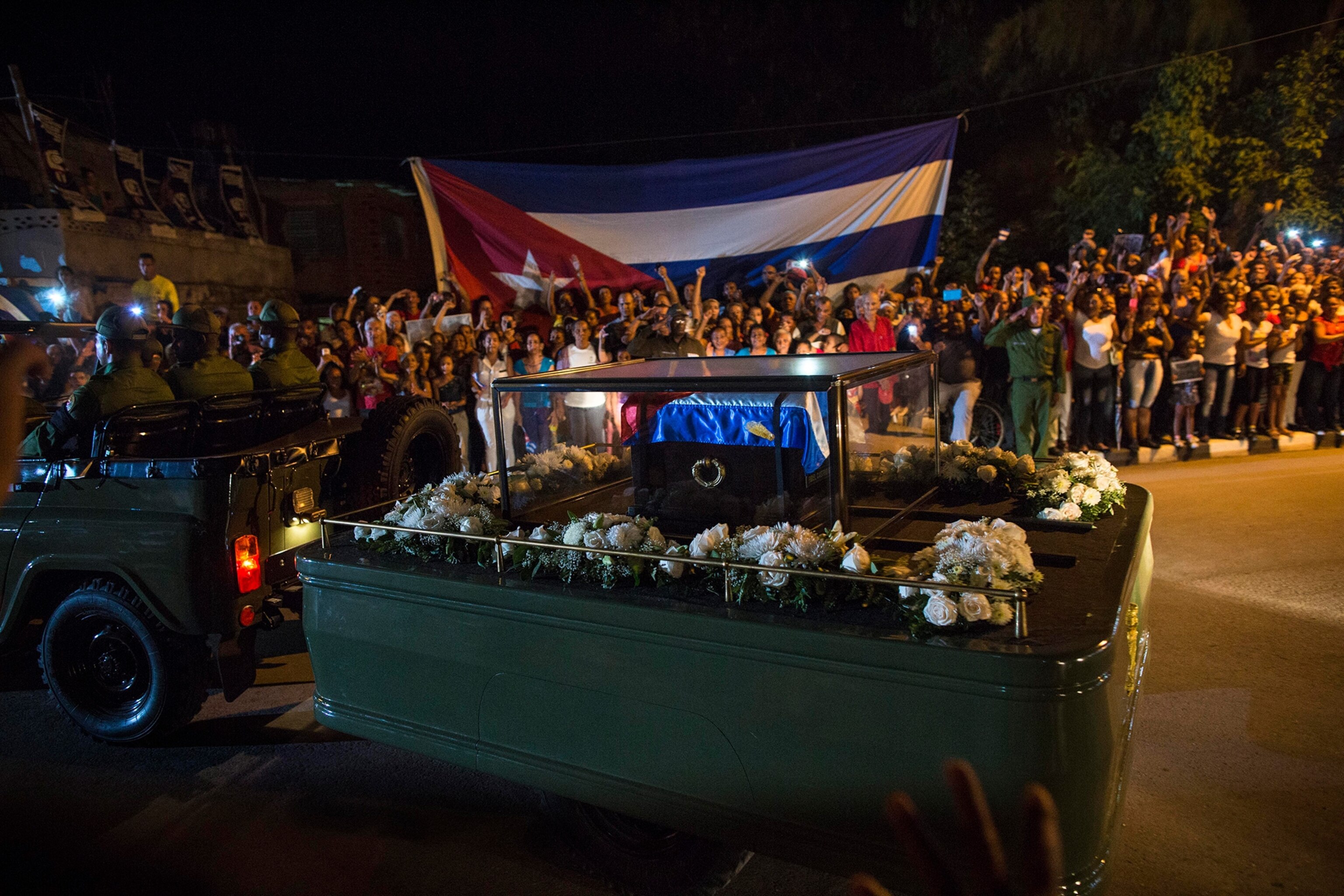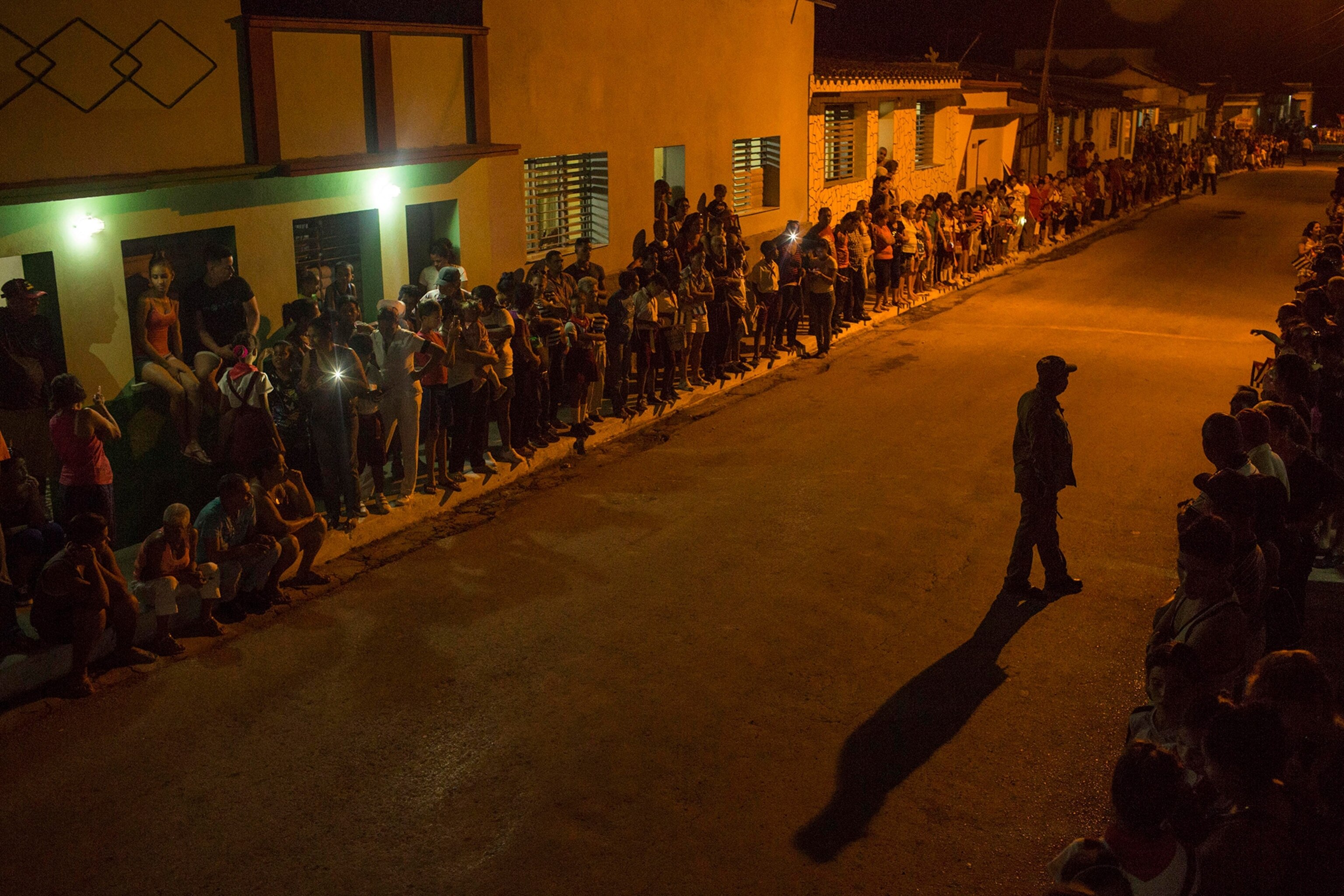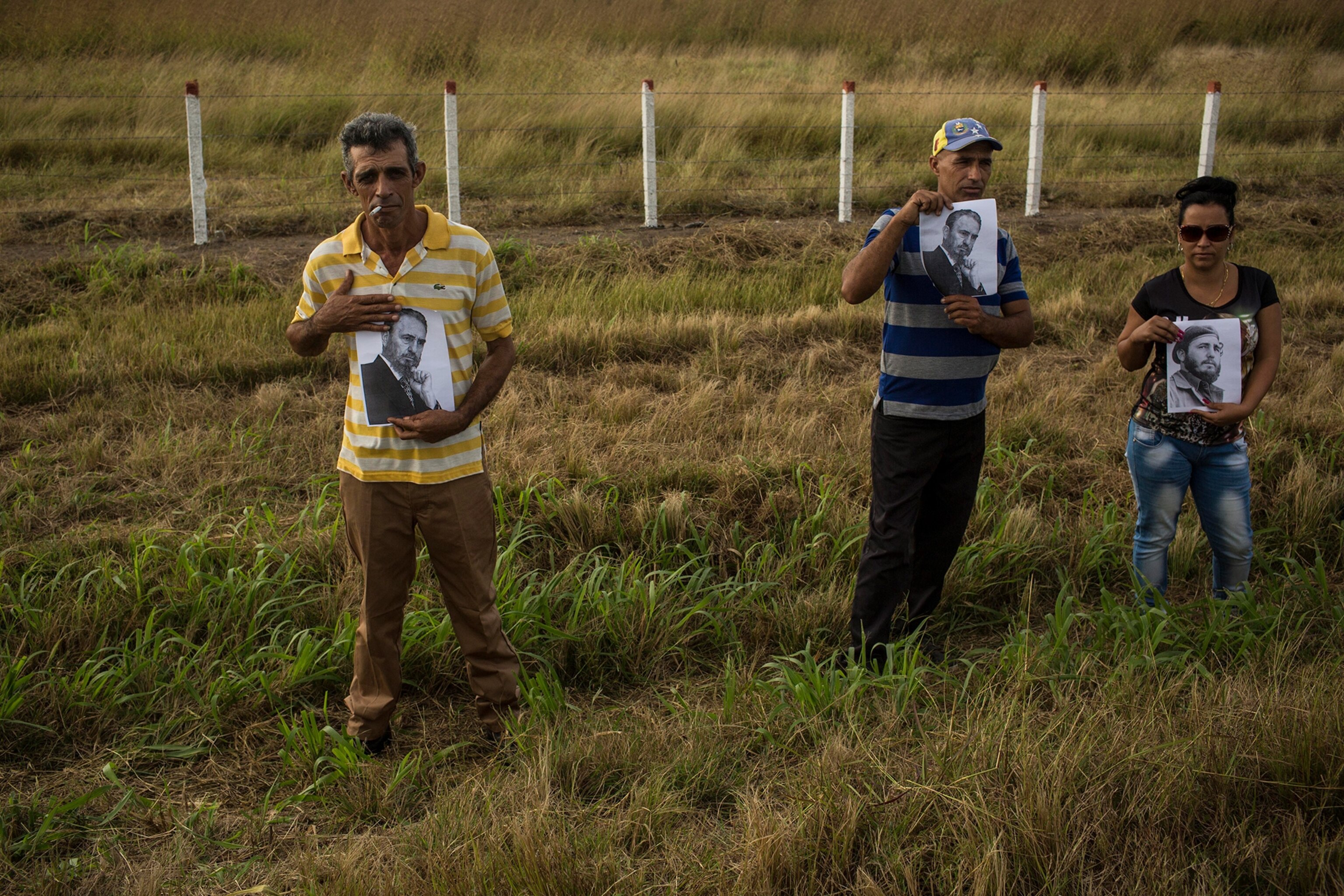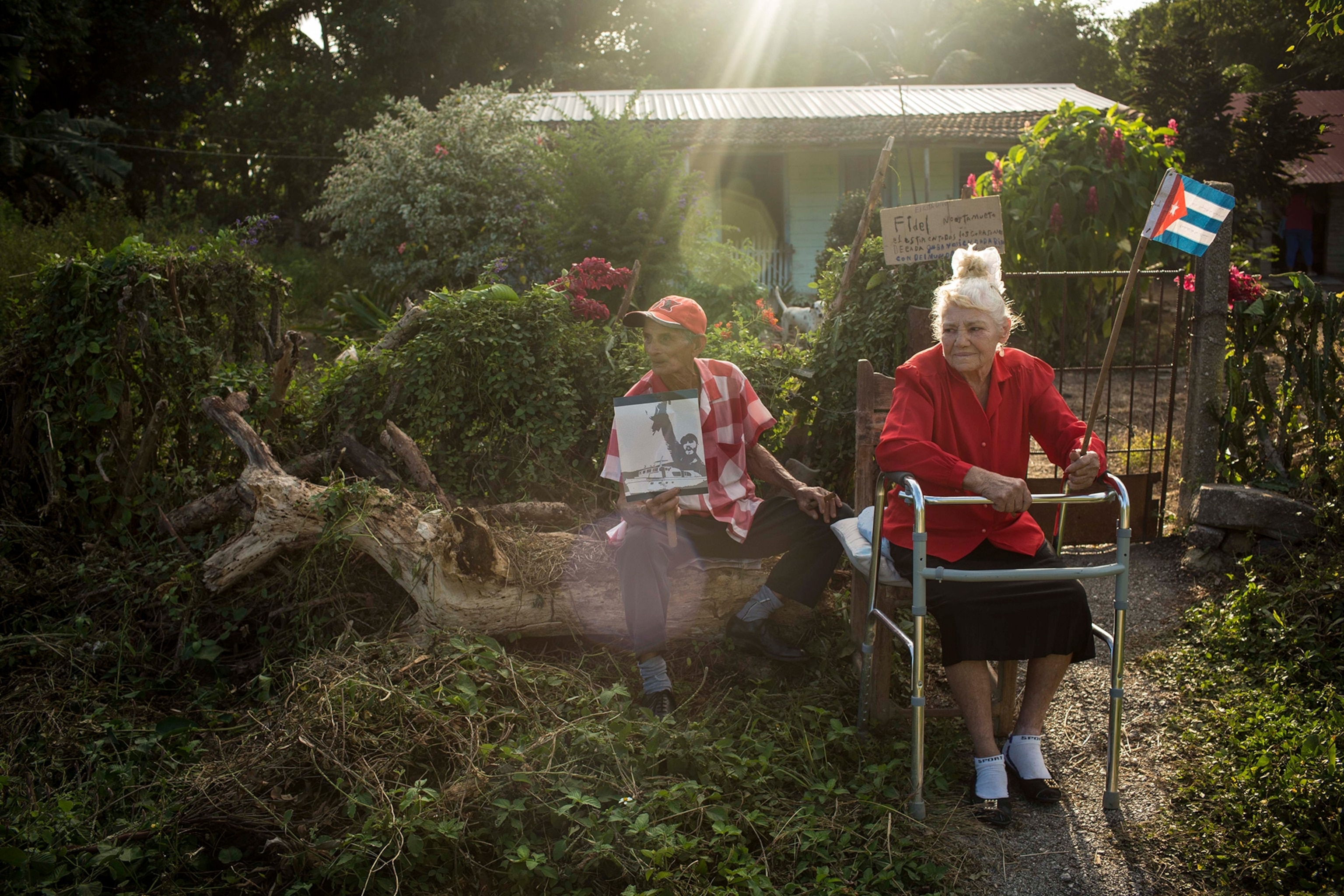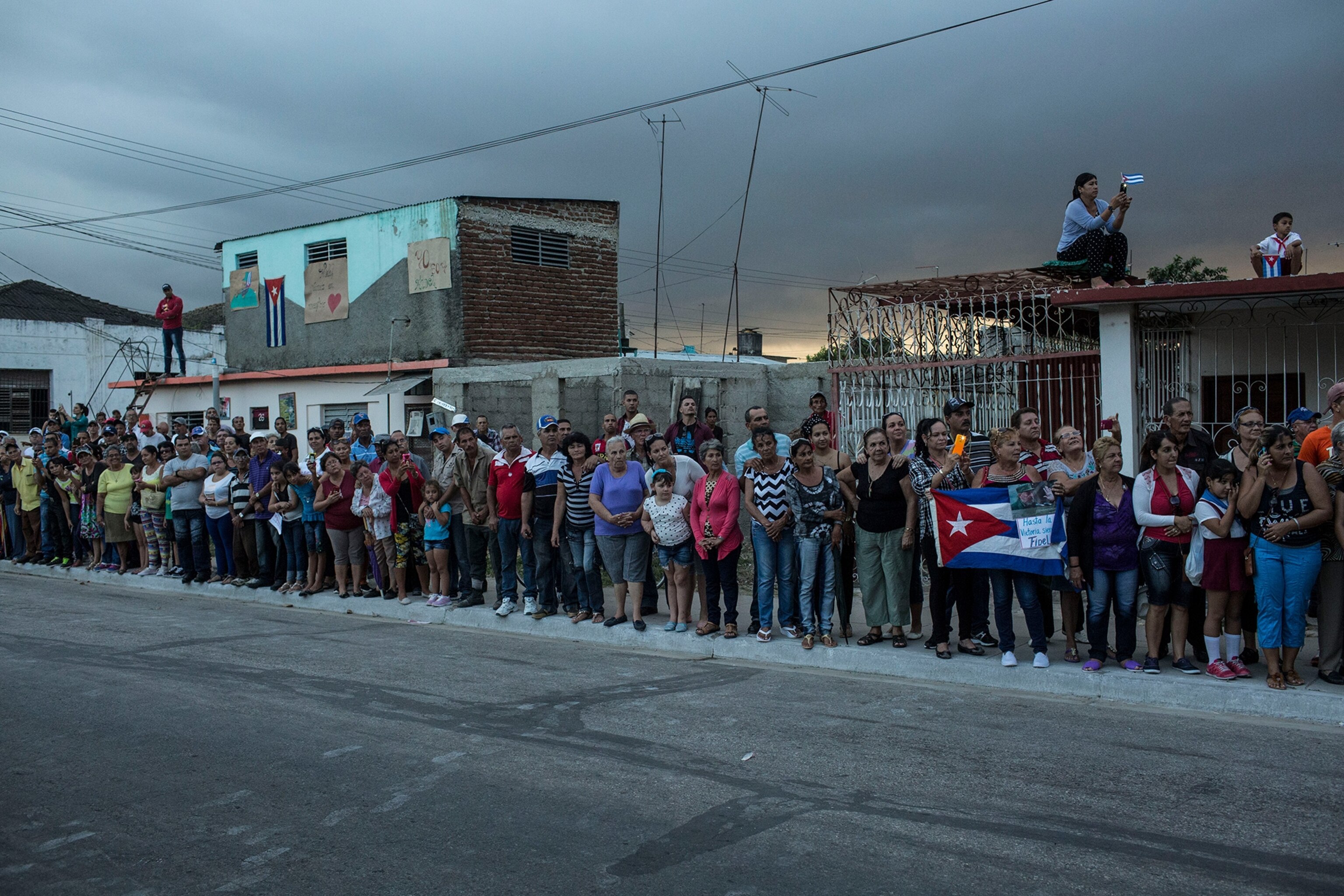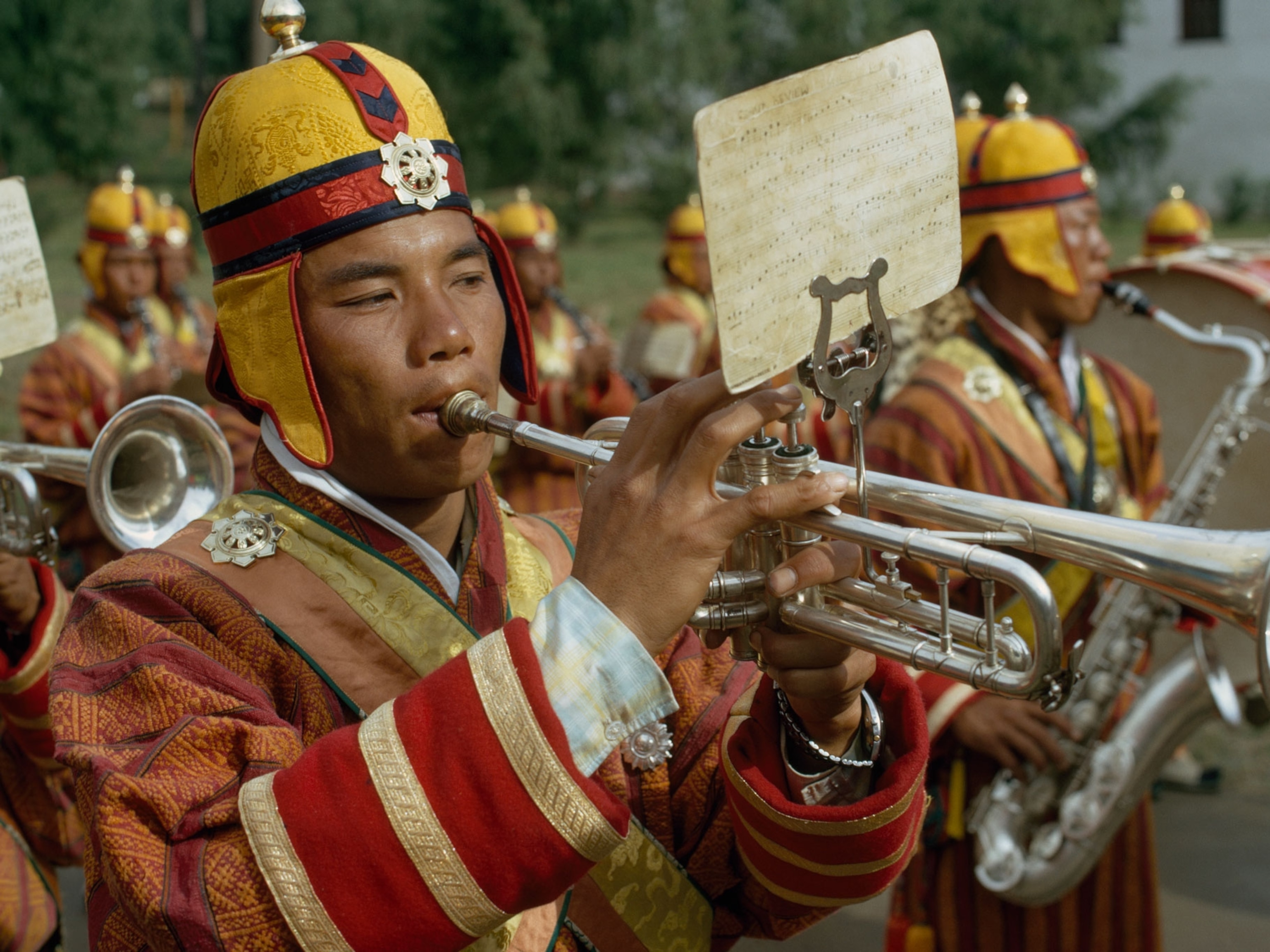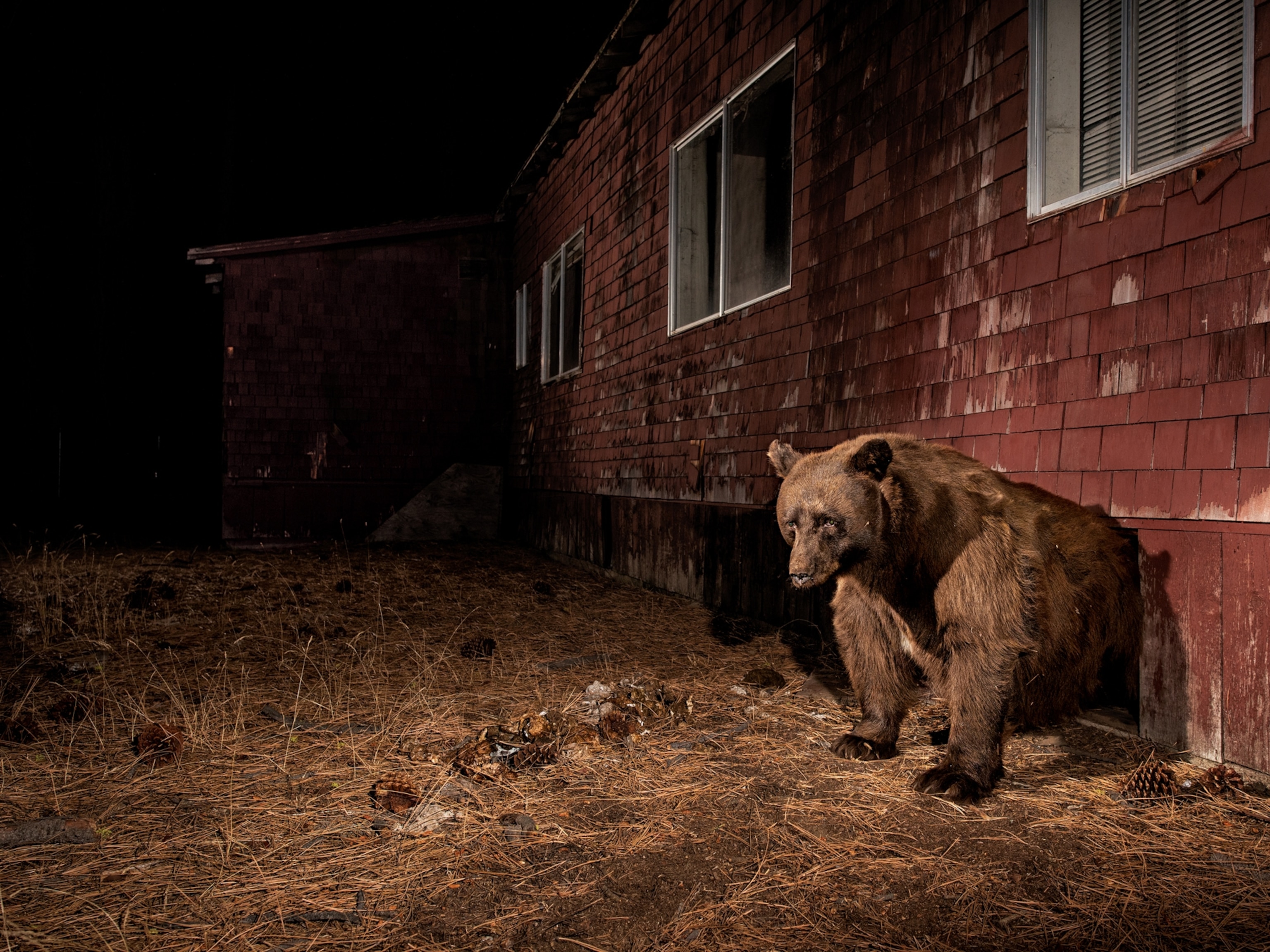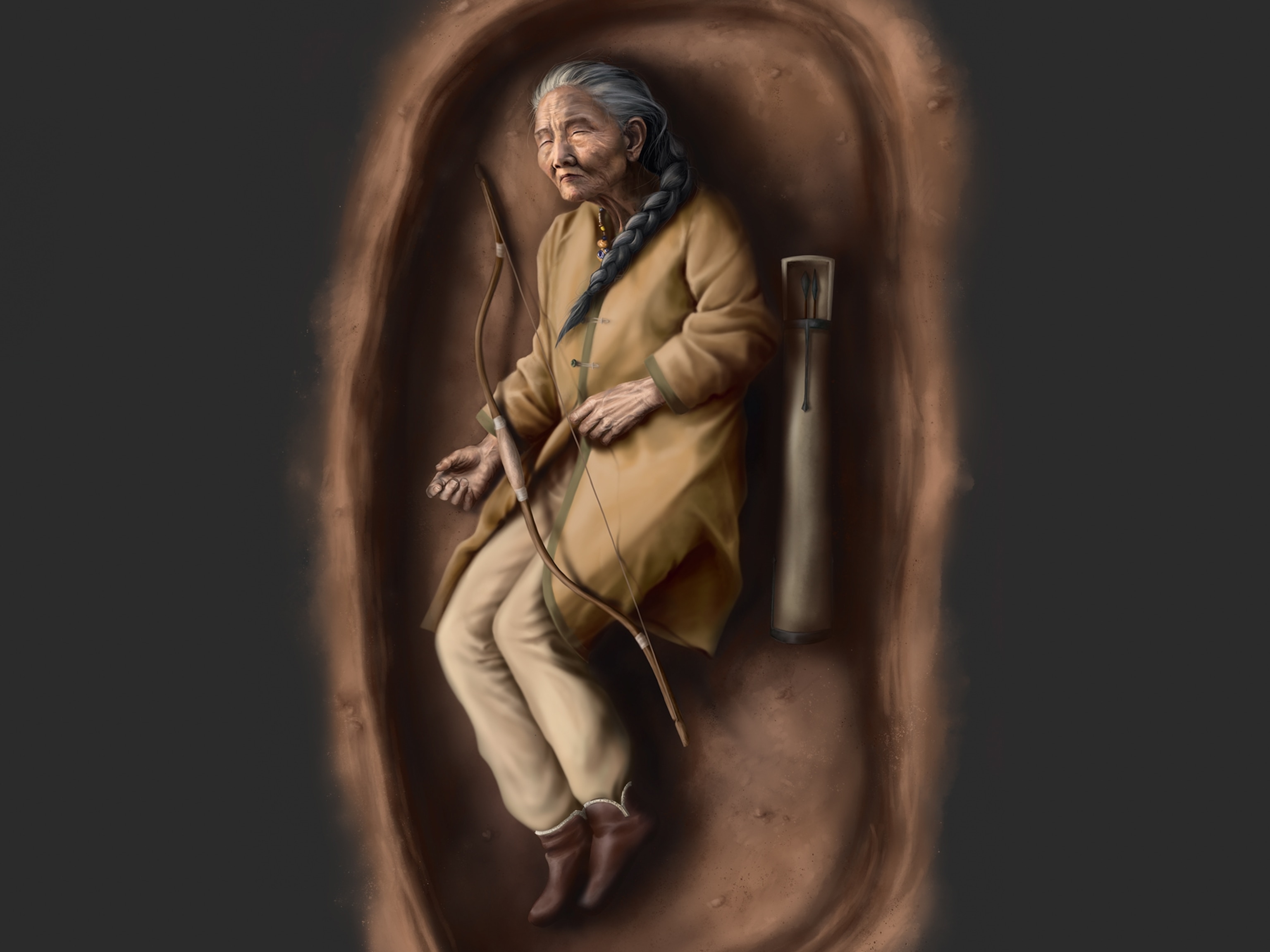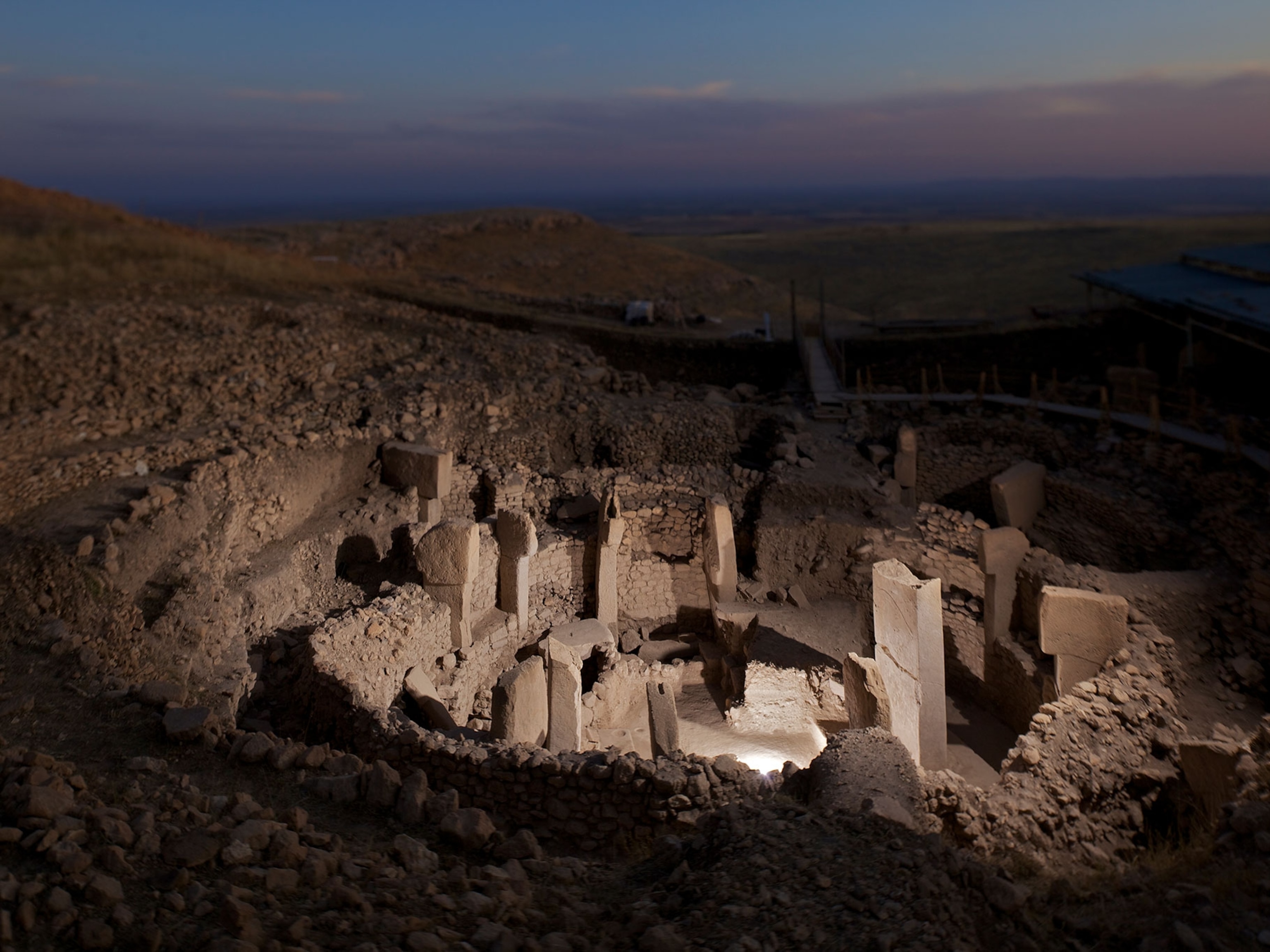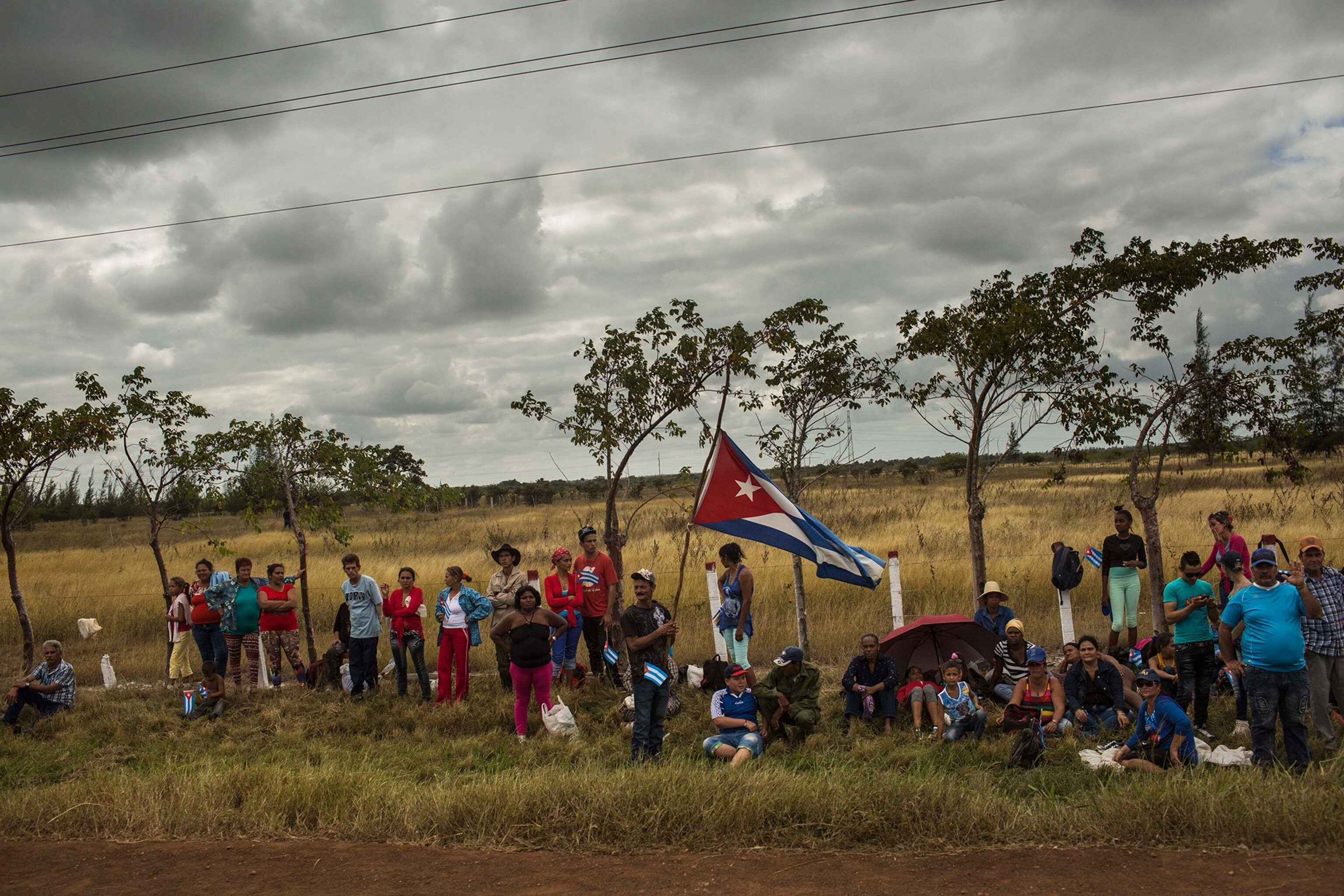
Cuba in Mourning: See Photos From Castro’s Historic Funeral
Generations of mourners line the highways as Fidel Castro's flag-draped coffin is driven through Cuba to his final resting place.
Fidel Castro, Cuba’s longtime leader, died on November 25. His funeral took place in Santiago de Cuba on December 4 after a four-day procession through his island nation.
National Geographic photographer David Guttenfelder tracked the procession, traveling either just ahead of or just behind it. The convoy carried Castro’s remains in a small, flag-covered coffin inside a modest glass trailer.
Guttenfelder said it was clear Cuba was in mourning and “highly encouraged” by the government to express its collective grief.
“It was definitely a subdued event,” he said, referring to the procession. “There was no alcohol for sale and no clubs open.”
The government organized the procession so that every road would be lined with people as it passed by. In some cases, rural roads with no towns nearby were lined with people whom the government had brought in on buses.
“What I saw most was people waiting,” he said. “They would go to their position on the road, with authorities telling them to stand at attention, some of them standing for hours in the sun.”
Despite the enforced mourning, there was a sense that each individual was also genuinely interested in observing the historic moment.
“There was true mourning, and true curiosity. People would choose to be there, but it was also an obligation.”
The kinds of people waiting for the procession varied. Many were curious to see Castro as his hearse moved through streets and towns. “They had their signs and their flags and writing on their faces: ‘Yo Soy Fidel’ (I Am Fidel). Everyone took pictures.”
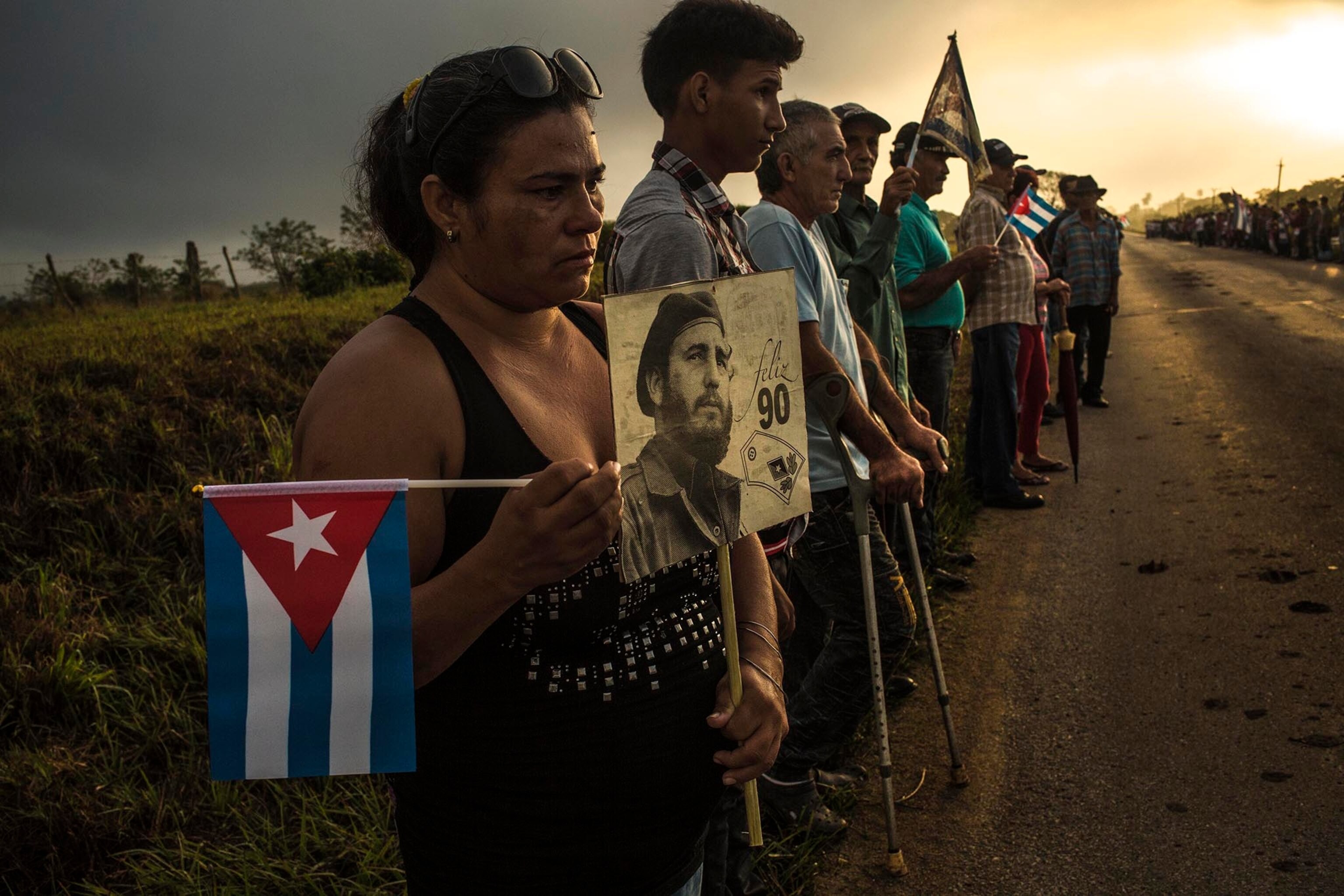
Others had seen Castro before, and some knew him intimately. Guttenfelder was most interested in the latter group–military veterans who had fought in Castro’s early campaigns.
“The revolution-era fighters–old guys in their uniforms with their medals–impressed me," he said. "Whatever side people are on and whatever they think about Castro, it’s impressive to think that these men fought in the mountains with Castro and (his comrade in arms) Che Guevara.”
There were also generational differences in how the funeral was received. In one park equipped with Wi-Fi, younger Cubans gathered around laptops to watch El Clásico, the twice-yearly matchup between Spanish soccer teams Real Madrid and Barcelona that sends fans worldwide flocking to bars to cheer for their chosen team.
But in Cuba the only televised event was Castro’s funeral, forcing the young soccer fans to watch the game online.
As the millennials watched the game, older Cubans arrived to scold them, admonishing them for the “disrespectful” behavior that was distracting them from the somber event.
Like many Cubans, just experiencing the funeral was what struck Guttenfelder as most significant.
“For me, I was just experiencing it as a historic moment: seeing the funeral procession of a man who, for 11 U.S. presidents, held his ground here and made himself one of the most recognizable people on Earth.”
For Guttenfelder, it seemed like the “relic of a bygone era.”



